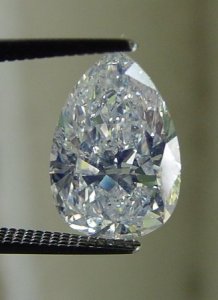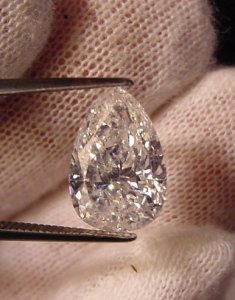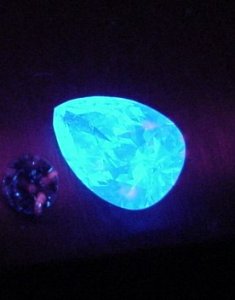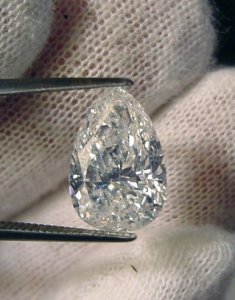adamasgem
Brilliant_Rock
- Joined
- May 23, 2003
- Messages
- 1,338
Could it just be that GIA is appling "Certifigate" type adjustments to larger stones?Date: 9/17/2007 7:18:39 AM
Author: oldminer
I also have an SAS2000 from Matry and it does exactly what Rich has indicated. I find it useful, but because it does grade differently than the GIA in the UV blocked mode, I rarely want to use it that way except to prove a point with someone about why lighting has an effect on color grading. For some reason(s) the SAS2000 does not grade all color like the GIA does. I think that as diamonds get larger, the grading system adjusts while the machine grades what is there on the device. An E color 6 carat diamond looks like an F/G color diamond because of absorption. The human eye and brain makes this adjustment where a device without programming to make this leap won''t.
My intel is that GIA has been using their own "colorimeter" device on larger (5ct+) stones for awhile..
In my opinion, and the way I was taught, is that at the pavilion sweet spot, a 1ct E will look the same as a 5ct "E"
A 5ct "E" will have less nitrogen per unit volume than a 1ct "E"
Think of it as looking through multiple panes of glass, two panes of the same nitrogen concentration will be darker than one, in the absolute. If two panes have the same transmision as one pane, then they are the same color.
But don''t you have to look through the same "thickness" to compare color (or relative nitrogen concentration)?
If you are comparing color at the "same" equivilant relative pavilion position, then you are visually looking through greater thickness and a path length correction is in order (there is a "Size" button for that), and the path length for a RBC should be proportional to the diameter.
My baseline doesn''t look for a pathlength correction. I can walk you through the procedure.












300x240.png)